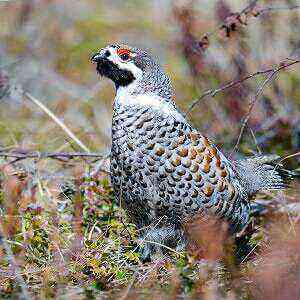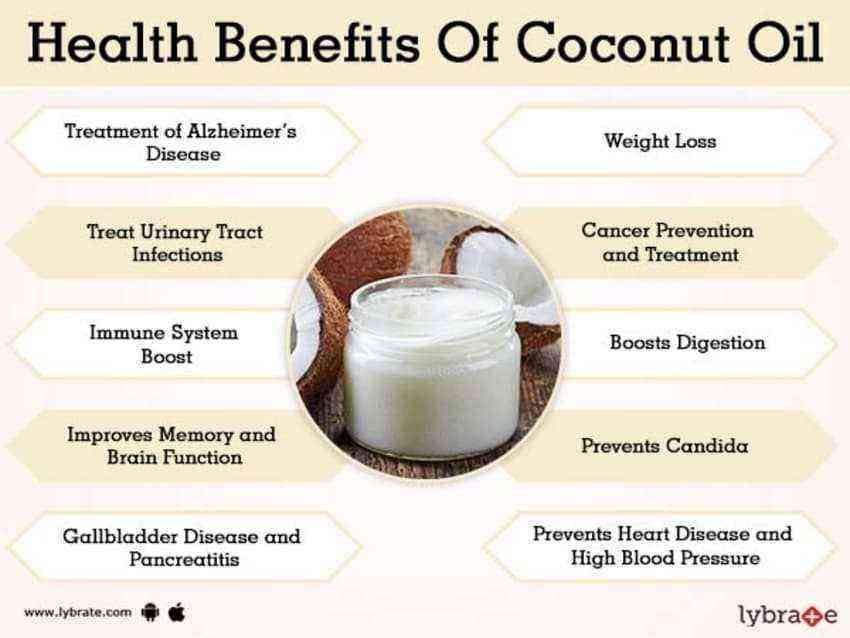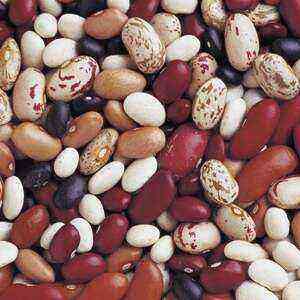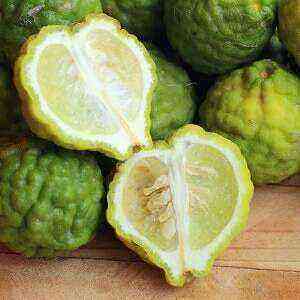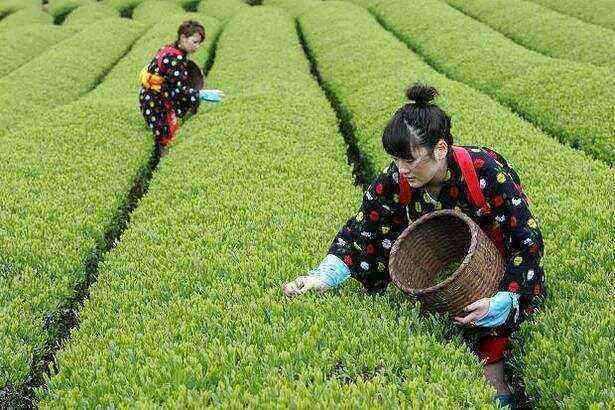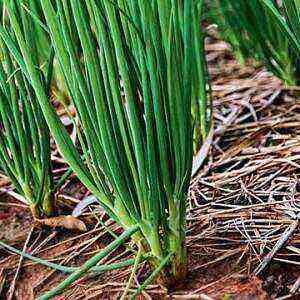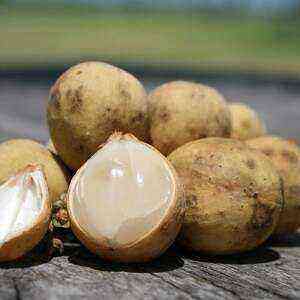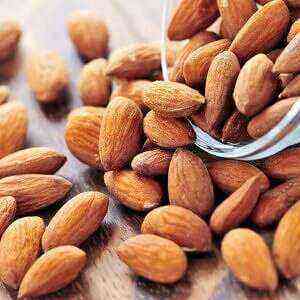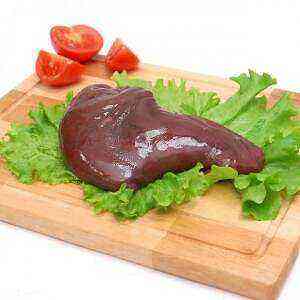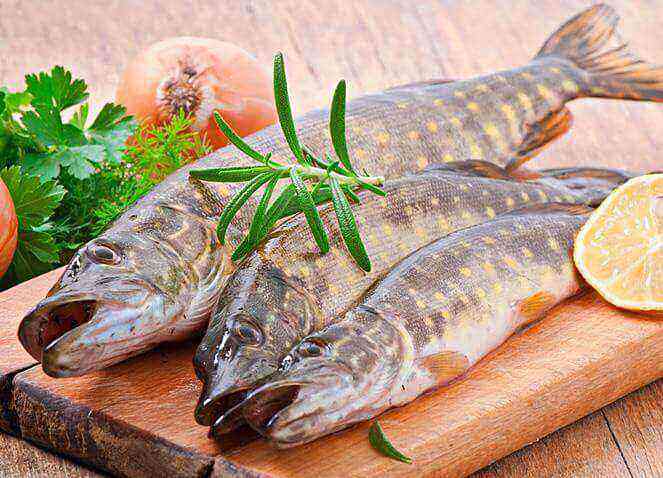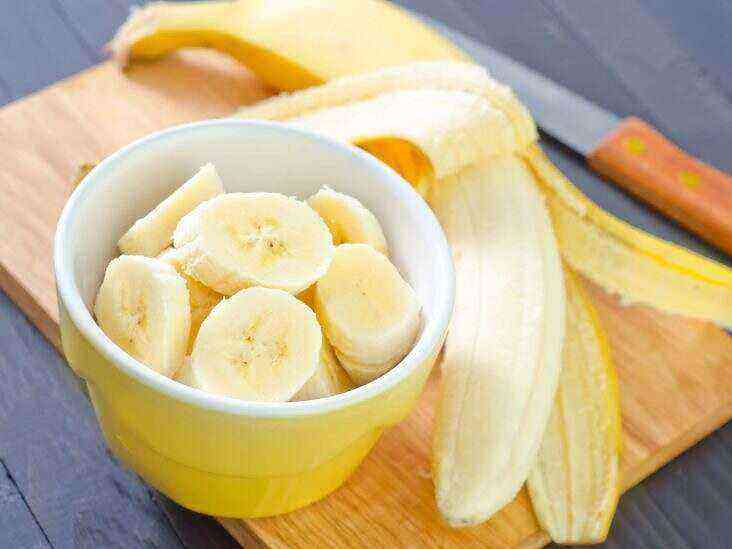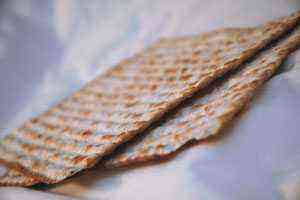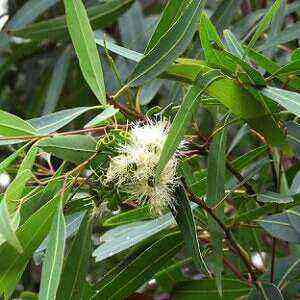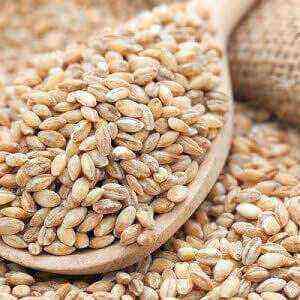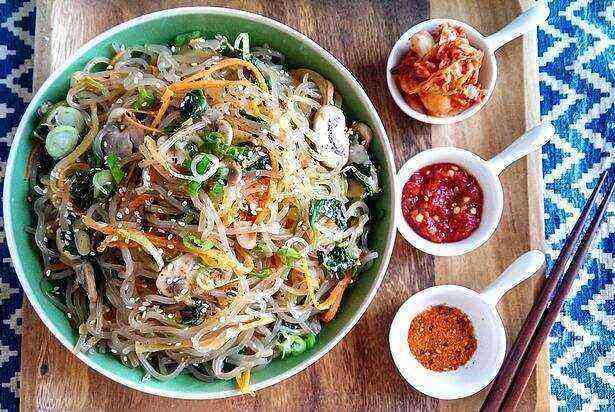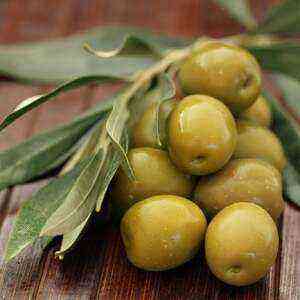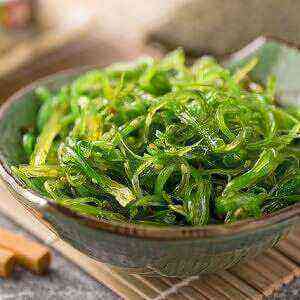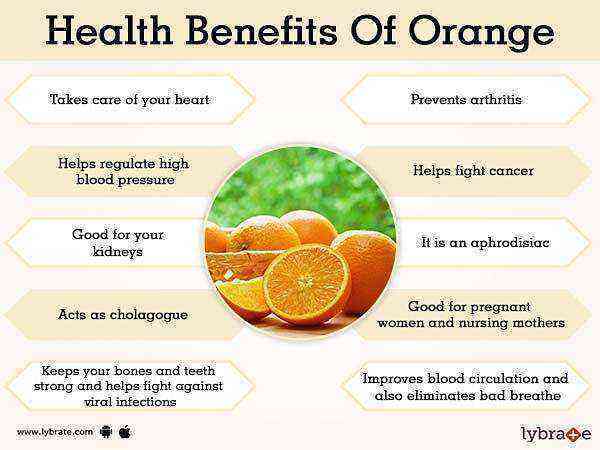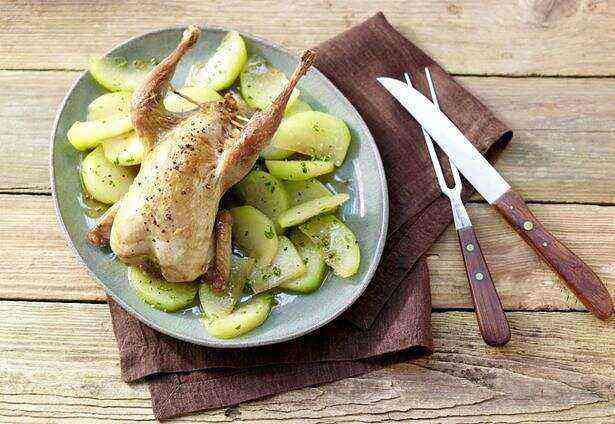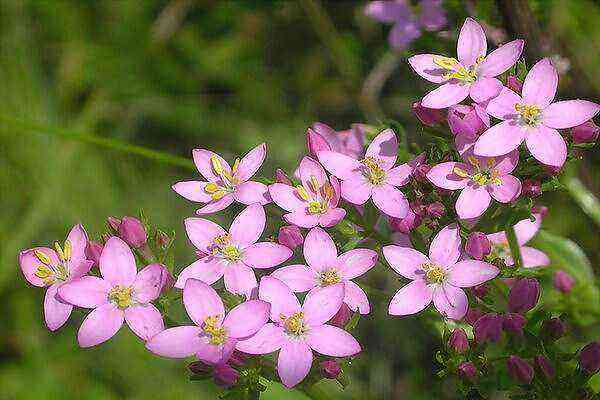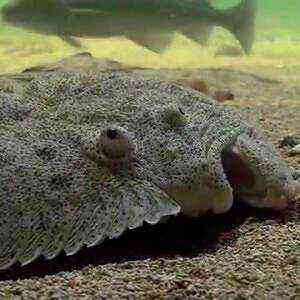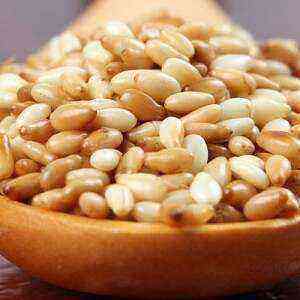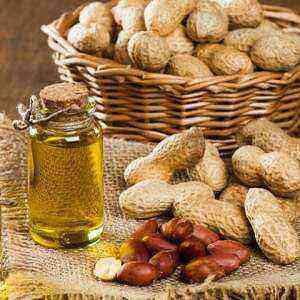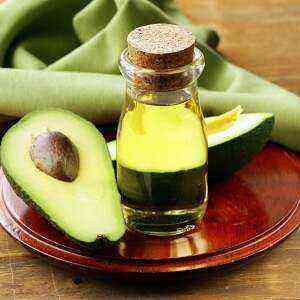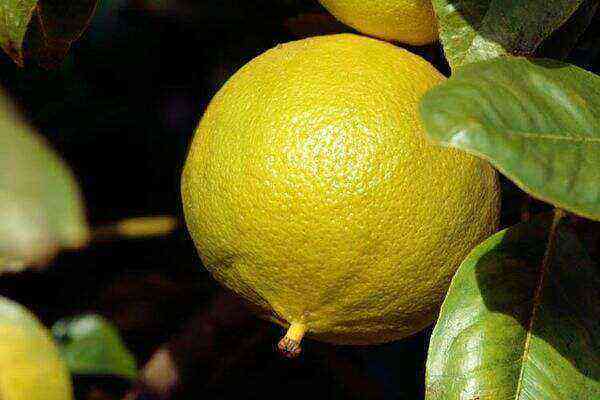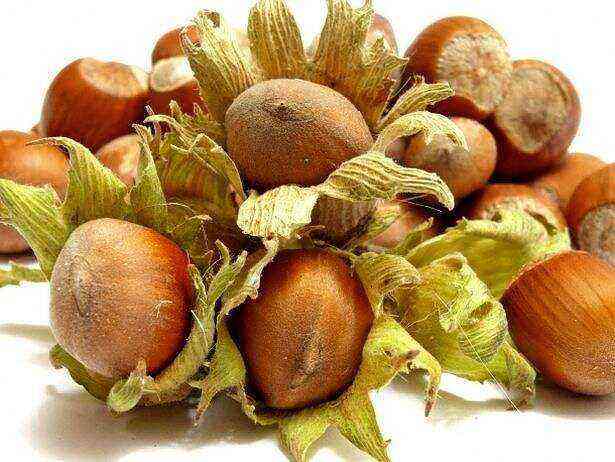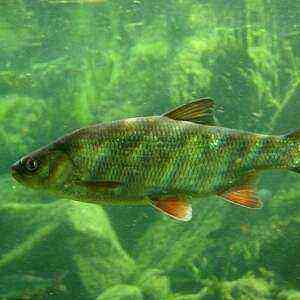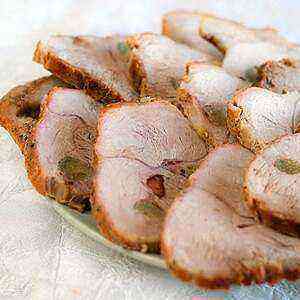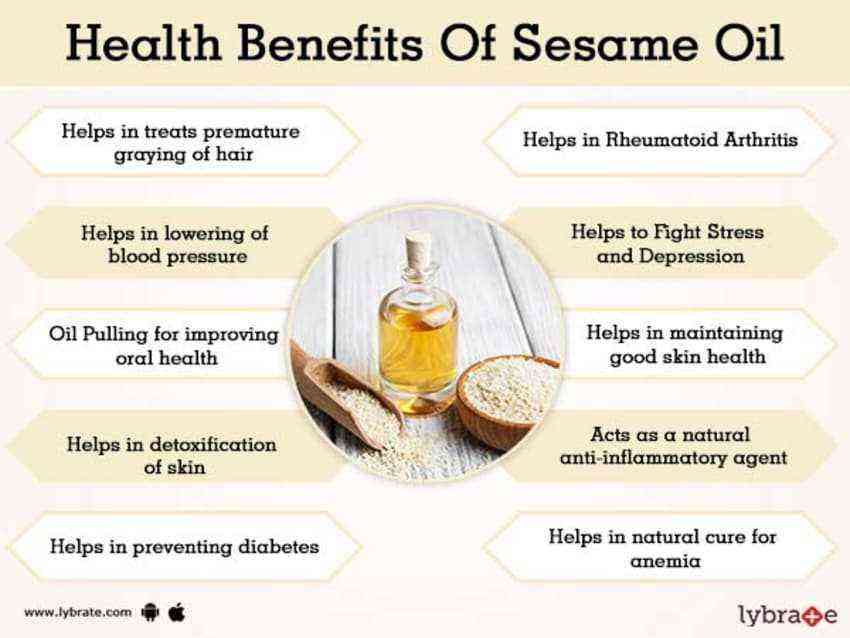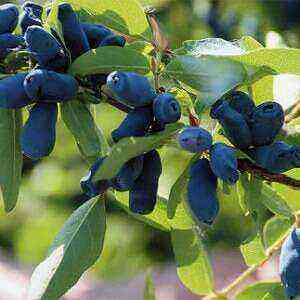
What is honeysuckle
More than 250 varieties of honeysuckle are known. There are among them upright and climbing bushes. This plant is found in large quantities in Central Asia, the Caucasus, Altai, Kamchatka, Sakhalin, Siberia, Crimea, Iran, China, Thailand, North America. But not all of them are edible or beneficial to humans. Varieties with red, orange or yellow fruits are known as wolf berries and are not suitable as food or medicine. Moreover, it is poisonous fruit. Edible considered only honeysuckle with blue berries. These species are found mainly in the Far East and Eastern Siberia.
Edible honeysuckle is a shrub up to 2 meters tall with large yellowish flowers and blue or blue berries covered with a bluish bloom. Flowers on honeysuckle bushes appear in early spring, and by the beginning of summer the branches are covered with berries. Back in ancient times, people noticed that honeysuckle ripens approximately 10-12 days earlier than strawberries. The berries of this culture have a pleasant sour-sweet taste, although for some varieties there is a characteristic bitter taste. The shape can be round or oblong.
Useful components
Honeysuckle is a beautiful plant, but beauty is not the most amazing thing about it. Since ancient times, honeysuckle is used as a medicine.
Its berries are a rich source of nutrients. For example, among the fruits of other shrubs are a leader in the content of magnesium. Also rich in B vitamins, copper, iron, iodine, potassium, calcium, zinc, phenolic compounds, organic acids. One glass of fresh berries contains a daily intake of iron and B vitamins.
Interestingly, as the berries ripen, their chemical composition changes. In particular, the concentration of acids decreases, but the content of sugars and tannins increases. The warmer the climate, the less bitterness is found in ripe berries. In fruits ripened in cooler conditions and at high humidity, there is an increased content of organic acids and vitamin C. Berries ripened in a temperate climate are also rich in ascorbic acid, but they also contain many monosaccharides.
Useful components are contained not only in honeysuckle berries. Leaves, flowers, and even bark also benefit human health.
Between 0,5 and 7 percent of the total chemical composition of honeysuckle can be accounted for by chlorogenic acid. This substance has antibiotic properties and is capable of removing carcinogens from the body. Another amazing component of the plant is luteolin. This is a powerful antioxidant that has an anti-inflammatory effect, plays the role of an immunomodulator, improves carbohydrate metabolism in the body.
How are different parts of the plant useful?

Leaves and flowers have beneficial properties for the treatment of kidneys and bladder, reduce swelling. These parts of the plant are useful as anti-inflammatory and disinfectants, which is why it is an excellent tool for the treatment of diseases of the throat and eyes (in ophthalmology, infusions and compresses from the leaves of the plant have worked well). An infusion of kidneys is used to get rid of a rash on the skin, to treat colds, bacterial dysentery, inflammation of the small intestine, and even with syphilis. Honeysuckle flower extract helps lower cholesterol and is also useful in the fight against certain groups of viruses.
In herbal medicine, a decoction of the stems of this plant is used to treat acute rheumatoid arthritis. For such purposes, the branches are harvested in the fall or in the winter. Fresh stems with honeysuckle flowers are useful for treating dysentery and upper respiratory tract diseases.
Infusions of bark are known among herbalists as a cure for edema (it has diuretic properties) and intestinal diseases.
What can cure honeysuckle

Consuming honeysuckle fruit is useful after serious illnesses or surgical interventions, for people with anemia, a stomach ulcer or a duodenal ulcer. The fruits have anti-inflammatory and antiseptic effect, beneficial effect on the respiratory tract. Berry juice helps to reduce the load on blood vessels, improves eyesight, is useful for the prevention of glaucoma, improves brain function. A rich content of anthocyanins and pectins gives these fruits anti-cancer properties.
Recipes of traditional medicine
From time immemorial, honeysuckle in the form of decoctions, infusions, tinctures and oils has been used by herbalists for treatment. In the Chinese tradition, this plant was often combined with ginger root, mulberry, thistle, primrose, echinacea and other herbs.
Modern phytotherapists honeysuckle is also not alien. Her extract is used to treat various diseases.
Universal recipe

Swelling
To get rid of puffiness, it is good to drink a decoction from the honeysuckle bark. On a tablespoon of bark, take a glass of water and cook over low heat for a quarter of an hour. Drink 1-2 tablespoons before meals. By the way, this broth is also useful to gargle with sore throats.
With diarrhea
Diarrhea and some other gastrointestinal disorders are well treated with an infusion of honeysuckle leaves. On a glass of boiled water you will need 2-3 tablespoons of chopped leaves. The medicine is to insist 3 hours, and after all drink.
With chronic cystitis
Dry leaves and stalks of honeysuckle chop. A teaspoon of the powder obtained is poured 1,5 a glass of hot water and infused in a water bath for an hour and a half. Take a tablespoon three times a day.
Use in cosmetology
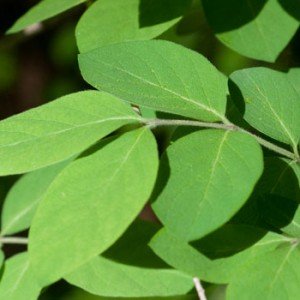
The sap of the plant is known for its antiseptic and anti-inflammatory properties, which means it is great for skin care. Cosmetics with the juice of this plant is useful for the treatment of rashes, eczema, burns from poisonous plants. Lotions based on juice or honeysuckle essential oil are useful for facial skin care.
Honeysuckle Essential Oil
Broths and infusions – not all that can be prepared from honeysuckle at home. From the fresh flowers of this fragrant plant, a delicious essential oil is obtained, which, by the way, also has many beneficial properties. This product can be used in different ways:
- to remove toxins from the blood and liver;
- with headaches, fever, skin rashes, stomach disorders;
- with infectious diseases;
- for easier breathing in asthma and chronic cough;
- as an expectorant (add a few drops to tea);
- in home cosmetics (lotions, shampoos, conditioners, creams – moisturize and soften skin and hair, give a delicate scent);
- for soothing baths;
- in aromatherapy;
- to refresh the air.

Essential oil recipes:
- Two tablespoons of fresh flowers pour 100 g of olive oil and infuse 2-3 of the month in the dark. Keep refrigerated.
- One part of the crushed flowers of honeysuckle pour 5 parts of any base oil. In 3 weeks, strain.
- Fresh honeysuckle flowers stretch a little, so that they release the juice, pour any oil and close the vessel tightly. After two days, strain the same batch of petals with the same oil. The procedure is repeated three times.
Overdose and side effects
Edible berries, used in moderation, as a rule, do not cause adverse reactions from the body. But very large portions of the fruit can sometimes cause allergic reactions. In some cases, excessive hemoglobin and diarrhea may occur. In children, honeysuckle berries can cause an allergic rash.
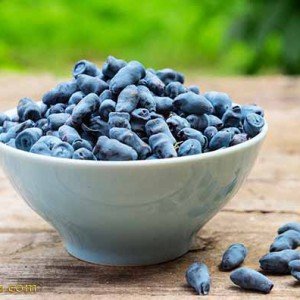
How to prepare
To use the healing properties of honeysuckle not only in the summer, you will have to take care of stockpiling. It is better to harvest bark in early spring, to dry away from direct sunlight (for example, in the attic). The leaves are harvested during the flowering period, and the berries after full ripening. Honeysuckle fruits can be dried, canned (prepare compotes, jams) or just freeze.
Use in cooking
Due to the original taste, honeysuckle is good to use for cooking different dishes. It is possible to make juices, syrups, wines, filling for pies, desserts from its fruits. But it is important to take into account the variety, since different types of honeysuckle fruits may have different tastes: from sweet-sour to bitter.
Honeysuckle Jam
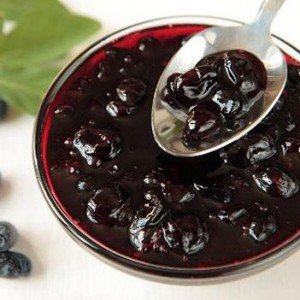
Pour 200 ml of water into an enamel saucepan, add 1 a kilogram of granulated sugar and bring the mixture to a boil while stirring. Syrup boil 10 minutes, then pour into the pan 1 kilograms of berries. Bring to a boil and remove from heat. After cooling (but not earlier than in 7 hours) bring to the boil again (do not forget to stir and, if necessary, remove the foam). Boil for about 15 minutes, then spread the ready-made jam into sterilized jars and roll up tightly.
You can make jam in another way. Cover the berries with sugar in a one to one ratio and leave for 4 hours. Then cook in two sets, as described above. To preserve a beautiful color in the jam, you can add citric acid (1 gram per kilogram of berries).
Honeysuckle Flower Jelly
Ingredients for the recipe:
- 4 cups of honeysuckle flowers;
- 4 cup boiling water;
- 4 cup of sugar;
- lemon juice;
- 1 bag of pectin.
Clear the flowers from the green sepals, pour boiling water, bring to a boil and insist 45 minutes. Strain, add sugar, lemon juice and bring to a boil again. Cool slightly, add pectin, boil 2 for another minute, but do not boil. Pour into prepared clean jars and close tightly.
How to grow honeysuckle
This plant is very unpretentious in planting and care. Propagate this culture, as a rule, cuttings or seedlings. Seedlings are planted in the fall, after the leaves fall. For planting at a new site, it is better to take a plant with 4-5 branches, not lower than 25-30 cm, with a stem thickness from 5 mm.
Honeysuckle can be planted in any soil except acidic. The distance between plants should be from 2 meters. If the bushes should play the role of a hedge, then make the distance between the seedlings 50-100 cm. The correct hole for the seedling should have the following parameters: 40x50x40 cm. For better growth, it is advisable to take care of the drainage layer, which is made from a mixture of sand, ash, compost and fertile soil. In order for the plant to quickly grow, it is impossible to deepen the root neck. It is important to fertilize a young plant regularly (in spring with nitrogen fertilizers, in summer with phosphorus and potassium), cultivate the soil, and protect it from pests.
Honeysuckle – a plant that can be very useful for humans. The main thing is to know when and how to use it.
